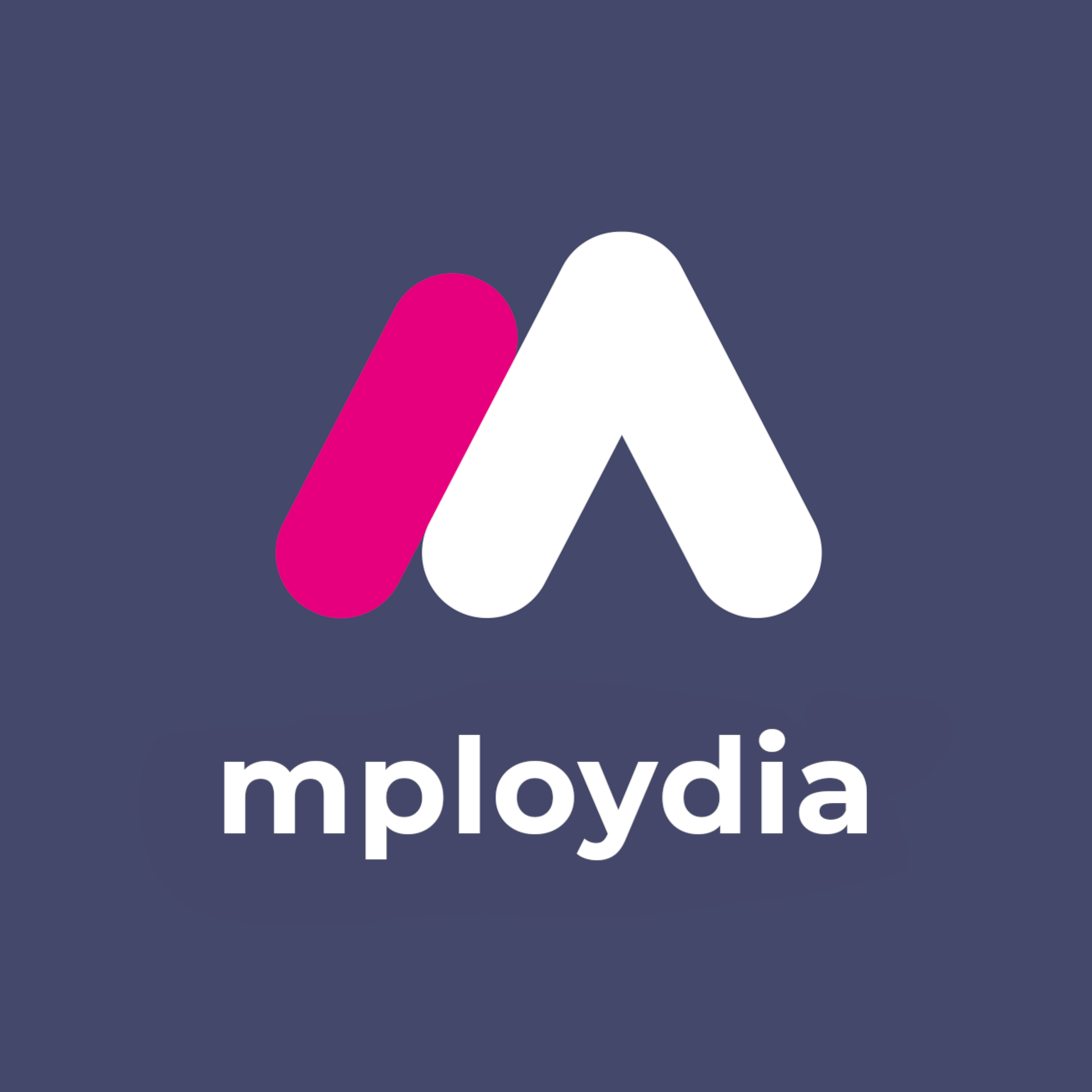
Show You’re Job-Ready With No Experience: 10 Proven Tactics
Introduction
Employers don’t hire potential. They hire proof. If you’ve never had a paid role, that can feel like a dead end. It isn’t. You can prove you’re work-ready without traditional experience by creating hard evidence that you can deliver value from day one. This article lays out the exact tactics, artefacts and steps that convince hiring managers you’re not a risk. Follow them, and you’ll stop being “promising” and start being employable.
What employers actually mean by “work-ready”
Work-ready means you can perform the core tasks of a role to a professional standard, with minimal supervision, reliably and on time. It’s less about years served and more about risk, speed to impact and fit.
The eight readiness signals employers trust
- Reliability: You do what you say, on time. Evidence: deadlines met, version control logs, documented schedules.
- Initiative: You identify problems and fix them. Evidence: self-started projects, proposals, experiments.
- Learning velocity: You pick up tools and concepts fast. Evidence: short-cycle projects, certifications with dates, iterative improvements.
- Communication: You write and speak clearly. Evidence: professional emails, concise reports, slide decks, recorded walkthroughs.
- Problem solving: You structure problems and deliver outcomes. Evidence: case studies with problem–approach–result.
- Tool proficiency: You can use the actual tools of the job. Evidence: repositories, dashboards, prototypes, templates.
- Professionalism: You work to standards. Evidence: naming conventions, versioning, QA checklists, stakeholder notes.
- Value orientation: You think in outcomes and metrics. Evidence: quantified results, before/after comparisons, KPIs.
Build proof without a job: simulate the work
If you can’t get experience, create it. Simulate the tasks you’d do in the role. Keep scope small, aim for credibility, and tie output to a business result.
Role-specific sample projects that map to real tasks
- Marketing: Audit a small company’s website and social media. Deliver a one-page strategy with 3 growth experiments, a content calendar, and a simple dashboard in Google Looker Studio tracking clicks, conversions and cost per lead.
- Sales: Generate a list of 50 qualified prospects for a niche using LinkedIn and a clear Ideal Customer Profile. Write a 5-step outreach sequence with personalisation rules, then report expected response rates and pipeline value assumptions.
- Data/Analytics: Ingest a public dataset into Google Sheets or Python, clean it, build a KPI dashboard, and write a two-page insight note with decisions you’d recommend. Include reproducible code and a data dictionary.
- Product: Redesign an onboarding flow for a free app. Map current user journey, identify friction points, propose 3 experiments with success metrics and a 4-week test plan. Include low-fidelity wireframes.
- Customer support: Create a knowledge base with 15 FAQs, macros for common issues and an escalation flowchart. Record a 3-minute screen capture handling a mock ticket using clear tone and empathy.
- Operations: Document a simple process (e.g., order fulfilment). Create a SOP with steps, SLAs, RACI, and a checklist. Measure baseline cycle time, propose improvements, and show forecasted time saved.
- Finance: Build a 12-month cashflow model for a hypothetical small business. Add sensitivity analysis for 3 scenarios and a one-page summary of risks and controls.
- Design/UX: Redesign a landing page for conversion. Provide a figma prototype, a mobile-first layout, 3 A/B test variants and a checklist for accessibility.
Validate your skills with third-party evidence
Use external validation to reduce employer risk.
- Certifications worth having: Google Analytics (GA4), HubSpot Inbound, Microsoft Excel (MO-201), AWS Cloud Practitioner, ITIL Foundation, CompTIA A+, Meta Social Media Marketing, Tableau Desktop Specialist. Choose 1–2 aligned to your target role.
- Public challenges: Kaggle bronze/silver medals, LeetCode streaks, Advent of Code days, Dribbble/Behance case studies, Tableau Public “Viz of the Day” shortlists.
- Skills assessments: LinkedIn Skill Assessments, GitHub contributions, HackerRank certificates, Codewars kyu levels. These aren’t everything, but they signal baseline competence.
- Proctored proof: Where possible, pick assessments that verify identity or are time bound. It increases credibility.
- Compliance basics: Complete free modules for data protection awareness, cyber hygiene, health and safety, or customer data handling. Many employers value baseline compliance readiness.
Get micro-experience fast (without waiting for permission)
You can earn “experience tokens” quickly with structured, time-boxed work.
Options you can execute this week
- Volunteer sprint: Offer a charity or local business a two-week micro-project with a clear deliverable, e.g., “Set up GA4 and create a traffic dashboard,” “Standardise inventory sheet and cut errors,” or “Draft 10 FAQs and a help centre.” Agree scope in writing.
- Hackathons and competitions: Join one local or online. Focus on producing a polished submission and a short debrief document.
- Freelance trial: On platforms like Fiverr or Upwork, list a narrow fixed-scope gig you can deliver repeatedly, like “Clean and visualise your CSV into a dashboard in 48 hours.”
- Open source: Fix a documentation bug, write a unit test, or add a minor feature. Submit pull requests. Document what changed and why.
- Peer projects: Team up with classmates to simulate a client engagement. Assign roles, hold weekly stand-ups, and deliver a final package.
- Shadow and summarise: Shadow a professional for a day (in-person or virtual). Write a one-page process analysis and improvement suggestions. Get permission to share.
Do’s, don’ts and ethics
- Do write clear statements of work with start and end dates.
- Do deliver on time with versioned files and changelogs.
- Do protect confidential data. Redact or use synthetic data when needed.
- Don’t do free spec work that replaces a paid brief. Keep your projects educational, scoped and consensual.
- Don’t fabricate results. It will be discovered.
Package your proof: the Work-Readiness Dossier
Create a single place where a hiring manager can verify everything fast. Host it online and export to PDF when needed.
Include these sections
- 1-page CV: Outcome-focused, tailored to the role.
- Skills matrix: Tools and proficiency levels with dated evidence links.
- Portfolio: 3–5 case studies with problem, approach, outcome, artefacts and metrics.
- Certifications and assessments: Badges with verification links and dates.
- 30-60-90 plan: What you’ll deliver in each period if hired.
- References: 2–3 credible referees with relationship and contact details.
- Compliance and policies: Any completed workplace essentials.
- Contact and availability: Location, time zones, start date.
Naming, structure and links
- Use consistent naming: “Firstname_Lastname_ReadinessDossier_v1.2.pdf”.
- Use a clean Notion, Google Drive or personal website for live versions.
- Use QR codes or short links on your CV to the dossier and key projects.
Put it on your CV, LinkedIn and portfolio
Make it obvious you’re work-ready by how you present information.
CV bullets that quantify value
Use the action + method + outcome pattern and numbers.
- Built a GA4 dashboard for a local shop, tracking traffic, top pages and conversions; recommended 3 content changes projected to lift enquiries by 18%.
- Cleaned 12k-row dataset using Python, cut processing time from 90 to 15 minutes; published reproducible notebook with tests.
- Drafted 20 help-centre articles and response macros; first-contact resolution improved from 62% to 78% in pilot.
- Produced ICP and 50-prospect list; launched a 5-step outreach sequence projected to create £12k pipeline in 30 days.
LinkedIn actions that increase credibility
- Headline that states function + value: “Entry-level Data Analyst | Turns messy data into decisions.”
- About section with proof: 3 bullets with metrics and links to case studies.
- Featured section: Link your dossier, best project, and certifications.
- Recommendations: Ask tutors, project partners and volunteer leads to endorse specific behaviours and outcomes, not just adjectives.
- Activity: Post short debriefs of what you built, what you learned and what changed.
Land interviews with permissionless proposals
You can earn attention by sending a thoughtful one-page value pitch to a target employer. Keep it respectful and scoped. Never assume inside knowledge or share sensitive data.
The one-page value pitch structure
- Problem snapshot: One paragraph summarising a public challenge or opportunity they have.
- Insights: 3 observations from their public data, site, product or reviews.
- Experiments: 3 small tests you’d run, each with success metrics and effort level.
- Time-to-value: What you can deliver in 2 weeks if given access.
- Disclaimer: Clarify it’s based on public information and offered as a sample of your thinking.
Nail the interview: talk like a professional
You don’t need past jobs to sound like a peer. You need structured answers, metrics and a clear plan.
Scripts to handle “no experience” pushback
- “You don’t have industry experience.”
Answer: “Correct. I’m early in my career. That’s why I built simulations of the role: a GA4 dashboard, a two-week content plan and a 30-60-90 plan. Here’s what I delivered, how I measured it, and what I’d replicate here in my first month.” - “How do we know you’ll ramp fast?”
Answer: “I time-box new tools to 48 hours for a working baseline. I log learning in a checklist and apply it to a project the same week. You can see that pattern in my dossier: tool, date learned, artefact, outcome.” - “What value would you add in your first 30 days?”
Answer: “Week 1: complete onboarding, map processes, build a metric baseline. Week 2: ship a small improvement in [area]. Week 3–4: A/B test [X], target a [Y]% lift. I’ve drafted a 30-60-90 with exact deliverables.”
References without prior employment
You can get credible references without a payslip.
- Academic referees: Tutors, supervisors or project advisors who can attest to your work ethic, output quality and communication.
- Volunteer leads: Charity coordinators who saw you deliver on a project with deadlines.
- Coaches or mentors: Sports, music or coding club leads who can speak to discipline and teamwork.
- Client-like partners: Individuals you helped in a structured way during micro-projects.
How to brief referees
- Provide your CV and dossier. Highlight 2–3 stories they can reference.
- Share the job description so they emphasise relevant behaviours and outcomes.
- Ask for specific examples and metrics. Avoid generic praise.
30-day plan to become visibly work-ready
Follow this plan strictly. Adjust role-specific tasks as needed.
Week 1: Decide, scope, set up
- Choose one target role and one industry.
- Gather 10 job adverts. Extract recurring requirements and tools.
- Pick 2 certifications aligned with the role. Book exam dates.
- Define one core project that simulates a key task. Write a one-page brief with scope, tools, deliverables and metrics.
- Set up infrastructure: repository/folder structure, README, version control, naming conventions.
Week 2: Build, validate, iterate
- Execute the project. Ship a minimal version by mid-week.
- Get feedback from a practitioner. Iterate once.
- Write a 2-page case study: problem, approach, outcome, artefacts, metrics.
- Start certification 1. Aim to complete learning and pass by end of week.
- Publish a short LinkedIn post explaining what you built and learned.
Week 3: Add proof and social validation
- Complete certification 2 or a public challenge (e.g., a Kaggle mini-comp).
- Add a second micro-project with clear scope and outcome.
- Draft a one-page permissionless value pitch for a target employer.
- Ask 2 referees for recommendations, brief them with your stories.
- Assemble your Work-Readiness Dossier. Export to PDF and publish online.
Week 4: Distribute and refine
- Tailor your CV to one role and submit 10 targeted applications.
- Message hiring managers with a short note and a link to your dossier.
- Conduct 2–3 mock interviews, refine your answers and improve your 30-60-90 plan.
- Review feedback, tighten case studies, fix formatting and broken links.
Common mistakes that kill credibility
- Listing courses without outcomes.
- Publishing incomplete or sloppy projects.
- Vague claims without numbers, dates or artefacts.
- Overly broad portfolios with no depth.
- Ignoring the actual tools listed in job adverts.
- Inconsistent formatting, typos, US spelling in a UK role, broken links.
- Overpromising timeframes you cannot meet.
- Sharing sensitive data or confidential internal information.
Quality bar checklist before you apply
- Every claim has a link, screenshot or file behind it.
- Every project states problem, approach, outcome and next steps.
- At least one third-party validation is visible and verifiable.
- Dossier file names and links are clean and consistent.
- Your 30-60-90 plan is realistic and tailored.
- Referees are briefed and contactable.
FAQ: limited time, money, location
- “I have no budget.” Use free tools: Google Workspace, Figma, Canva, Notion, GitHub, Python, GA4, Looker Studio, HubSpot Academy, AWS free tier. Scope projects to fit what’s free.
- “I have a weak laptop.” Prioritise cloud tools and lightweight tasks. Use Google Colab, Sheets, and online IDEs. Design and writing require minimal compute.
- “I’m short on time.” Do 90-minute daily sprints. Ship something small every two days. Consistent micro-outputs beat once-a-week marathons.
- “I don’t know which role to pick.” Choose the one where your first sample project is most achievable in 7–10 days. Momentum matters.
- “What if I fail an exam?” Retake. Publish what you learned. Iteration is evidence of resilience.
Final word
You don’t need years of experience to prove you’re work-ready. You need artefacts, validation and a clear plan. Simulate real work, measure outcomes, package proof, and present like a professional. Do that, and employers will see a contributor, not a risk.
Next Steps
Want to learn more? Check out these articles:
Decode Job Adverts for Fit: The Practical Graduate's Guide
Build Interview Confidence with AI Mock Tools for Hiring
Demonstrating Commercial Awareness on Your CV: Tips that Work
Check out our Advanced Employability Course for all the help you need to get your dream job, fast.


